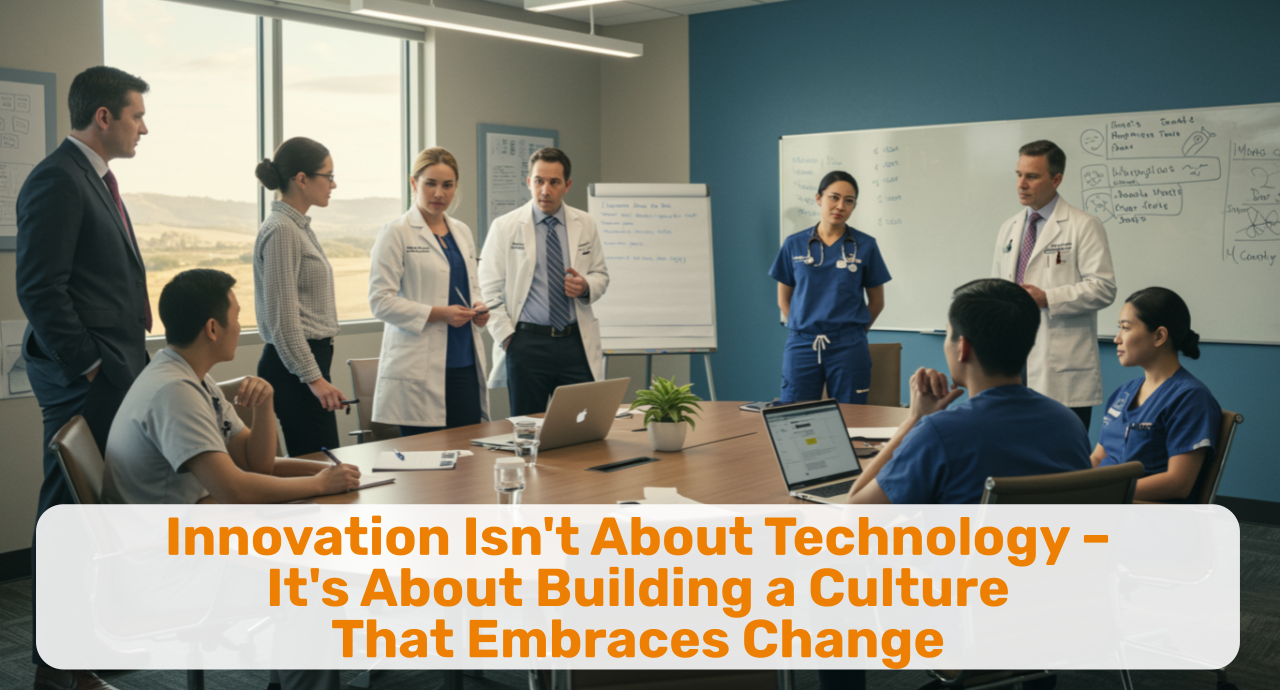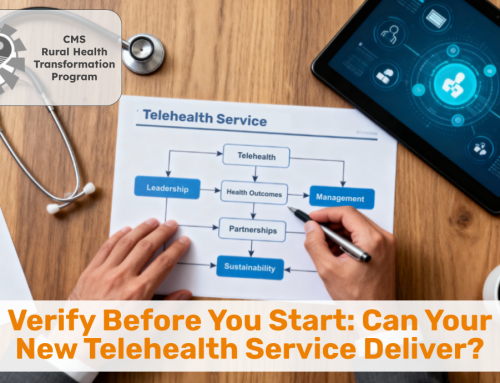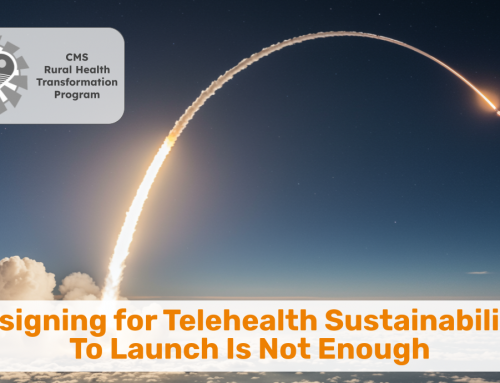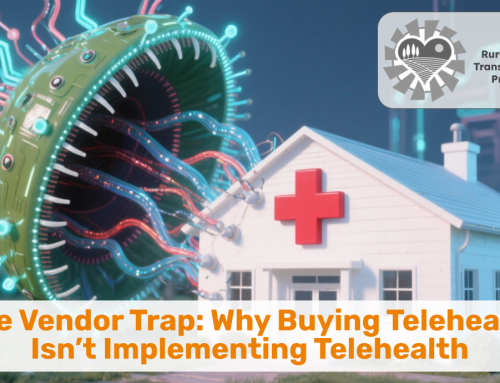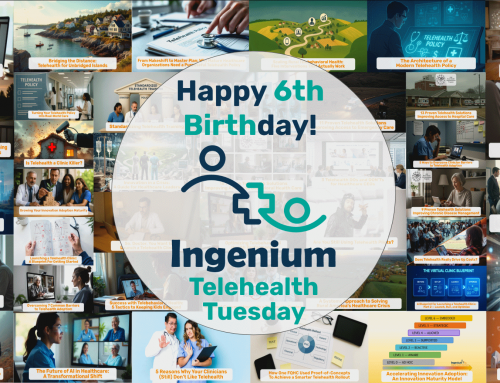I recently had the privilege of joining Dr. Rhiannon Winsor on The Exam Room podcast to talk about what innovation really means for FQHCs and community health centers. What struck me during our conversation is how often “innovation” gets conflated with “technology” — when in reality, the most impactful innovations often have nothing to do with the latest gadget or AI tool.
Listen to the full episode here: Innovation Without the Hype: Practical Digital Transformation for Health Centers
The Disney-Mayo Connection
From my time at the Mayo Clinic, I shared a story that still shapes how I think about innovation today. Twenty years ago, Disney came in to teach Mayo about shaping the customer experience. Disney. Teaching Mayo Clinic. That’s one (and my favorite form) of innovation — taking what works brilliantly in one environment and applying it where it’s needed most.
For FQHCs operating with tight budgets and even tighter timelines, this reframe can be liberating. You don’t need a $100 million innovation center. You merely need to be willing to look around, find solutions that work elsewhere, and then adapt them to your reality.
Consider one FQHC in southern Ohio — the birthplace of the opioid epidemic — that opened a pain clinic centered around a chiropractor instead of prescriptions. That’s innovation. It’s not flashy tech. It’s a different approach to solving a real problem their community faces.
Start With the Basics (Really)
Before chasing AI or the latest health tech trend, I urge health centers to nail what I call the “table stakes”: video visits, remote patient monitoring, secure messaging, and value-based care models.
Why the urgency? Your patients have choices. Yes, FQHCs serve vulnerable populations. But you also depend on full-paying patients who choose you for convenience and quality. Without competitive digital offerings, they’ll migrate to better-resourced health systems—or to Amazon Care and Best Buy Health.
That’s the reality we’re facing.
Try This Tomorrow: The Secret Shopper
During our conversation, I suggested one of my favorite low-cost, high-impact strategies: the secret shopper program.
Have someone — a family member, a friend — actually experience your patient journey from scheduling to check-in to the visit itself. I shared a story about my wife’s video visit with a large academic medical center. She logged in, waited 30 minutes, sent messages — nothing. Turns out the provider logged in five minutes before the appointment time, didn’t see her, and logged out. No notification. No follow-up.
That’s a process breakdown that no amount of technology can fix.
Here’s the twist: simply announcing a secret shopper program can trigger the Hawthorne Effect. Behavior improves when people know they’re being observed. You might not even need to actually deploy secret shoppers — just the awareness that it could happen raises the bar (but it’s always better to be honest and make good on your “promise”).



The Hard Truth About Clinician-Centered Design
I made a point during the interview that I know can be uncomfortable: healthcare has historically been designed around clinician convenience, not patient experience.
In some FQHCs, leadership is afraid of losing clinicians, creating an environment where physician preferences can trump patient needs. Breaking this pattern requires what I call “strong executive leadership” — leaders willing to operate on peer level ground with clinical staff and have courageous conversations about flexibility.
This isn’t about disrespecting clinicians. It’s about remembering that the needs of the patient come first. That’s the Mayo Clinic mission I fell in love with 25 years ago. And it’s what should drive every innovation decision we make.
The Real Investment
Here’s what I want you to remember: investing in innovation means investing in culture change. It means building teams that embrace rather than resist change. It means leaders who can navigate the tension between clinician satisfaction and patient needs.
As one of the Mayo brothers famously said (quoting Greek philosophy): “The only constant is change.”
The question isn’t whether change is coming to your FQHC. It’s whether your organization is ready to embrace it.
In an era of clinician burnout, workforce shortages, and financial pressures, we can’t afford to be risk-averse. The good news? Innovation doesn’t require massive budgets or bleeding-edge technology.
It requires curiosity, courage, and a commitment to putting patient needs first.
Listen to my full conversation here: Innovation Without the Hype: Practical Digital Transformation for Health Centers
What innovative strategies is your health center exploring? I’d love to hear from you in the comments.








To receive articles like these in your Inbox every week, you can subscribe to Christian’s Telehealth Tuesday Newsletter.
Christian Milaster and his team optimize Telehealth Services for health systems and physician practices. Christian is the Founder and President of Ingenium Digital Health Advisors where he and his expert consortium partner with healthcare leaders to enable the delivery of extraordinary care.
Contact Christian by phone or text at 657-464-3648, via email, or video chat.

